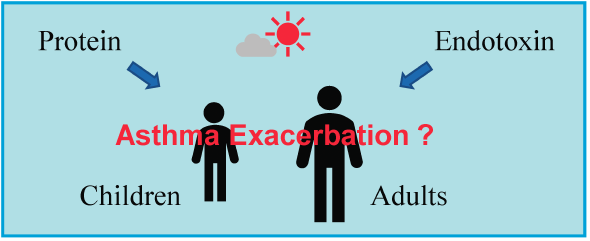- 著者
- Yugo Chisaki Shoki Aoji Yoshitaka Yano
- 出版者
- 公益社団法人日本薬学会
- 雑誌
- Biological and Pharmaceutical Bulletin (ISSN:09186158)
- 巻号頁・発行日
- vol.40, no.6, pp.824-829, 2017-06-01 (Released:2017-06-01)
- 参考文献数
- 31
- 被引用文献数
- 17
In general, the risk of adverse drug reactions (ADRs) is higher in elderly patients than in younger patients. In this study, we performed a comprehensive assessment of the risks of possible drug–ADR combinations in elderly patients using the Japanese Adverse Drug Event Report (JADER) database of the Pharmaceutical and Medical Devices Agency (PMDA, Japan) using the reporting odds ratio (ROR) as an index. Data recorded from April 2004 to September 2015 in the JADER database were downloaded from the PMDA website. The patients were classified into younger (≤69 years old) and elderly (≥70 years old) groups. The ROR and 95% confidence interval (CI) were calculated for all combinations of drugs and ADRs for which there were three or more reports in the database, focusing particularly on the combinations where more than 100 cases had been reported in elderly and younger patients. The most frequently reported drug–ADR combination was methotrexate with interstitial lung disease (646 cases). The combination with the highest ROR was methotrexate with lymphoproliferative disorder (ROR: 484.6, 95% CI: 334.1–702.9). In total, 27 drug–ADR combinations were found to have high risk in elderly patients. In conclusion, the findings of this comprehensive assessment of drug–ADR combinations using the JADER database will be valuable for updating the ADR risks for elderly patients in clinical setting.
- 著者
- Tomoko Ishida Mohammad Shahriar Khan Honami Kodama Yukiko Uejima Yumi Kawase Takahiro Matsumoto Yuki Yamamura Nobuyuki Sera Takao Gotou Masaaki Hirakawa Yoshitaka Yano Masayuki Shima Nobuyuki Yamagishi Keiji Wakabayashi Tetsushi Watanabe
- 出版者
- The Pharmaceutical Society of Japan
- 雑誌
- Biological and Pharmaceutical Bulletin (ISSN:09186158)
- 巻号頁・発行日
- vol.43, no.9, pp.1361-1366, 2020-09-01 (Released:2020-09-01)
- 参考文献数
- 27
We examined the association of biological components in airborne particles, i.e., proteins and endotoxins, in outdoor air with asthma exacerbation in the Fukuoka metropolitan area, Fukuoka, Japan. Data on emergency department (ED) visits for asthma in children (age, 0–14 years) and adults (age, 15–64 years) were collected at a medical center from December 2014 to November 2015. One hundred eighty-one children and 143 adults visited the ED for asthma, and the weekly number of ED visits in children increased in autumn, i.e., September (second week) to November (first week). Fine (aerodynamic diameter ≤2.5 µm) and coarse (≥2.5 µm) particles were collected for 3 or 4 weeks per month, and protein and endotoxin concentrations were analyzed. Protein was largely prevalent in fine particles (0.34–7.33 µg/m3), and concentrations were high in April, May, June, and October. In contrast, endotoxin was mainly included in coarse particles (0.0010–0.0246 EU/m3), and concentrations were high in September (third week), October (first, second, and fourth weeks), February (fourth week), and July (first week). The results of a Poisson regression analysis indicated that endotoxin (in fine and coarse particles alike) was a significant factor for ED visits related to asthma in children, even after adjusting for meteorological factors, i.e., temperature, relative humidity, and wind speed. However, there was no association between environmental factors and ED visits for asthma in adults. These results suggest that endotoxin in outdoor air is significantly associated with an increased risk of asthma exacerbation in children.
